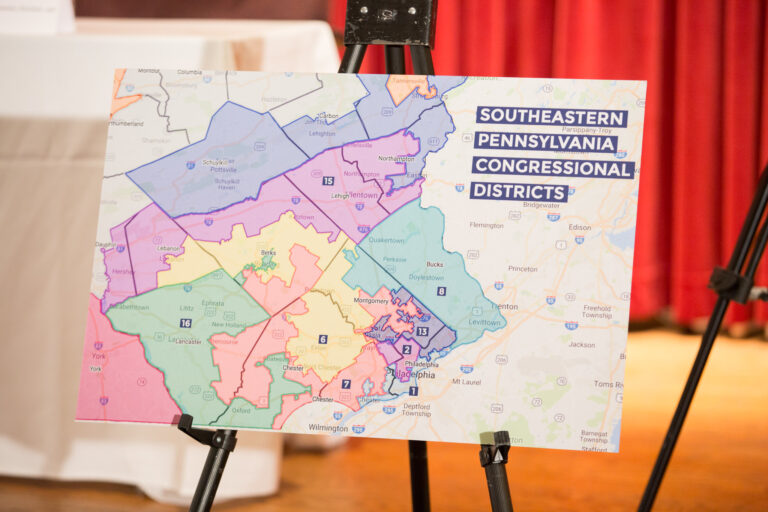
German Bender is a senior research associate at Harvard Law School, an affiliated researcher at the Stockholm School of Economics, and chief analyst at the progressive Swedish think tank Arena
This post was originally published by Social Europe.
Here we go again. A new wave of media headlines and research studies is upon us with predictions and estimations about which jobs are most susceptible to automation.
The last time this happened was almost exactly ten years ago, when a widely cited study by Carl Benedikt Frey and Michael Osborne at Oxford predicted that nearly half of all jobs in the United States were in danger of being automated, within ‘a decade or two’. We now know that at least it didn’t happen in the first one.
Horror scenarios
New research is being used to rehash such horror scenarios. At least two recent studies have attempted to estimate how job tasks and industries will be affected by the latest in machine learning—‘large language models’ such as ChatGPT.
These are based on neural networks trained on vast amounts of data, such as text or images, which ‘learn’ to ‘understand’ and communicate in natural language. They can also generate text, images or sound. The systems display something akin to general intelligence but can additionally be trained to master specific subjects, fields or skills.
The purpose of the latest research is to assess how these systems’ ‘capabilities’ align with the human abilities required in various professions and industries, to estimate the probability that these can be supplanted by the large language models already in existence.
According to one study, ChatGPT and similar AI systems could already perform approximately half of the tasks undertaken by one in five employees in the US. In general, the probability of automation increases for professions with higher salaries and skill requirements. In other words, it is still difficult to automate blue-collar jobs with a larger proportion of practical, rather than abstract, tasks.
Dramatic statements
Research on AI’s potential effects on the labor market is important, not least because it raises awareness that extensive social and political reforms are necessary and that we may need to slow down technological development. And various types of AI technology will fundamentally affect the world during our lifetime. But how soon and in what ways? Will many of us need to move into a new profession, even industry, within the next few years?
Although the researchers stress the uncertainty in their results, they nevertheless fill their studies with dramatic statements and lists and diagrams of professions and industries ‘at risk’ of being automated. These are of course quickly disseminated by the media with more or less alarmist messages.
If one reads the research articles carefully, however, the conclusions are far less certain than the headlines suggest. Moreover, overlooked aspects cast doubt on the near-term labor-market effects of AI systems.
Three caveats
Three caveats merit more attention in the public debate on job automation.
Not everything that can be automated will be automated: jobs do not disappear just because new technology can execute tasks performed by humans. Technology is a prerequisite, of course, but whether a job ceases to exist or even changes is also determined by other factors: economics, regulation and culture.
If it is not profitable to replace humans with technology, this is much less likely to happen. High wages (especially high minimum wages) accelerate technological development because they make humans more expensive than technology. But this is not negative as long as we create at least as many new and better jobs—which high demand among wage-earners with high propensity to consume will encourage—and as long as people can perform those jobs. Historically, this is precisely how structural change in the labor market has worked.
If the replacement of human labor with technology is not permitted or too complicated, it will not happen or will take more time. Regulation—which includes political reforms, legislation, professional licensing, collective-bargaining agreements, technical standards and trade agreements—affects in various ways whether and how technical innovations can be implemented in working life and in the economy.
If we are not comfortable with, or do not accept, the conditions required for technology to function, it will not be adopted as quickly or at all. Culture embraces attitudes, habits and norms. Facebook, for example, would not have worked if everyone had wanted to remain anonymous on the internet (as, indeed, most of us preferred 20 years ago).
These three factors vary over time and among different societies and industries. They are all influenced by technology—but the relationships are complex and bidirectional. Technology is a necessary, but not a sufficient, condition.
The studies do not distinguish between augmentation and substitution: most research on job automation does not consider whether the person performing a job will benefit from or be disadvantaged by technology. The studies only assess how ‘exposed’ or ‘susceptible’ a profession or industry is to a particular technology and ‘exposure’ can be defined and measured in various ways: in the aforementioned study, a profession is considered exposed if at least half of its tasks can be performed by GPT-4; other studies adopt different measures.
More importantly, many professions exposed to new technology become more qualified and better paid, that is to say ‘augmented’. Other professions and tasks are replaced or downgraded, or ‘substituted’, but historically that has been the exception. Many professions do not disappear if some tasks are performed by new technology—they change, often for the better. We know that new technology has historically led to the creation of new jobs. If this time were to be different, that would contradict all historical experiences.
The studies have significant methodological weaknesses: most explorations of how new technology affects jobs are based on databases (often the American O*NET database) containing tens of thousands of classifications of professions and tasks. The information in these databases is based on standardized, subjective assessments which are rarely updated and might not be a fully reliable reflection of actual jobs and tasks.
In addition, research assistants and/or automated software are used to assess how well the information in the database on professions and skills overlaps with AI systems’ capabilities. These assessments are subjective and fraught with concerns. The researchers cite this as an important source of uncertainty, which also varies with context: studies based on US data by American researchers, for example, are not directly transferable to other settings. There are several other methodological issues, which are usually discussed in the research papers but can be difficult to comprehend or simply do not fit into shorter media articles.
For all these reasons, we should be skeptical of studies estimating the short-term risks of job automation. In the longer term, predictions are less certain, the risks perhaps higher. Narrowly focused, technical research which disregards the vast array of organizational, political and economical factors shaping technology should not be taken as the harbinger of the end of human labor.






Daily News & Commentary
Start your day with our roundup of the latest labor developments. See all
December 18
New Jersey adopts disparate impact rules; Teamsters oppose railroad merger; court pauses more shutdown layoffs.
December 17
The TSA suspends a labor union representing 47,000 officers for a second time; the Trump administration seeks to recruit over 1,000 artificial intelligence experts to the federal workforce; and the New York Times reports on the tumultuous changes that U.S. labor relations has seen over the past year.
December 16
Second Circuit affirms dismissal of former collegiate athletes’ antitrust suit; UPS will invest $120 million in truck-unloading robots; Sharon Block argues there are reasons for optimism about labor’s future.
December 15
Advocating a private right of action for the NLRA, 11th Circuit criticizes McDonnell Douglas, Congress considers amending WARN Act.
December 12
OH vetoes bill weakening child labor protections; UT repeals public-sector bargaining ban; SCOTUS takes up case on post-arbitration award jurisdiction
December 11
House forces a vote on the “Protect America’s Workforce Act;” arguments on Trump’s executive order nullifying collective bargaining rights; and Penn State file a petition to form a union.